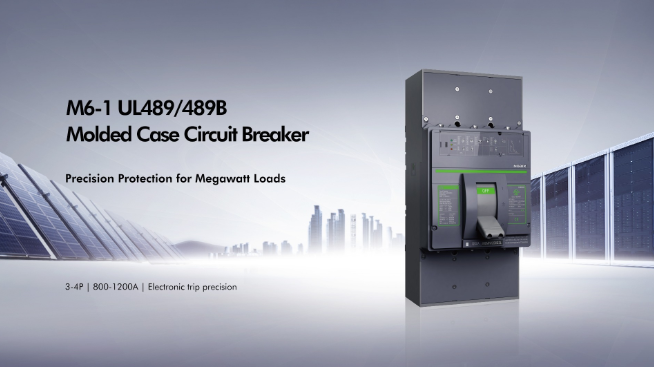Table of Contents |
Solar PV modules are the new hype these days. Solar accounted for 43 percent of all new electric capacity added to the grid in the US in 2020. This is the highest share of this alternative means of energy production in history. Moreover, it was also the second consecutive year that solar accounted for the most generating capacity added to the grid.
The use of solar energy for power production has been sweeping the globe for the past twelve years. Homeowners and businesses have been using solar PV modules to save money on their power bills, increase the value of their property, and occasionally earn cash from these energy suppliers. Needless to say, solar PV module manufacturers are earning hard cash due to the rising popularity of solar systems.
Solar energy’s growing competition against other technologies has allowed it to rapidly expand its total US electrical generation proportion, from 0.1 percent in 2010 to roughly 4 percent now. However, even with this much acceptance, many people are unaware of this excellent means of producing electricity.
So, to increase awareness regarding PV modules, we will be covering everything about solar panels in this article. Get ready to learn all the details about solar PV modules and how they work. Let’s get started!
What are PV Solar Modules?
Let’s start with the basics – what exactly are PV solar modules?
A PV solar module is a collection of photovoltaic cells planted in a structure for installation. It is also known as a solar cell panel, a solar electric panel, or simply a solar panel. Solar panels produce direct current electricity using sunlight as a source of energy.
A Photovoltaic solar module is formed when solar PV manufacturers assemble a sufficient number of such cells and wire them in parallel to make a commercially functional solar unit.
A group of PV modules forms a PV panel, and a collection of these PV panels creates a PV array. You can run your electrical appliances on electricity generated by these PV arrays.
Manufacturing
Solar PV modules are usually made from semiconductors like crystalline silicon. These solar PV systems then take the light energy from the sun that these semiconductors absorb and convert it into electric power. The generated electric power is consequently used to light residential and business buildings.
Solar PV module manufacturers usually use wafer-based crystalline silicon cells or thin-film cells in most modules. These modules are typically rigid; however, thin-film cells-based semi-flexible modules are also available.
On the front, the module is encased in tempered glass (or another transparent material), while on the rear, it is covered in protective and waterproof material.
Manufacturers seal the edges of the PV modules for weatherproofing and implant them on an aluminum frame to keep everything together. A junction box, also known as wire leads, is located on the module’s rear and provides electrical connections.
How do Solar PV Modules Work?
Although everyone is aware that solar panels convert sunlight into usable power, only a few people know the science behind the process. And because we promised you an ultimate guide on solar PV systems, we will be explaining the working of PV modules in detail.
A single PV cell is often manufactured in 12.5 cm and 15 cm square sizes. It thus generates a tiny amount of electrical energy, usually only 1 or 2 watts. However, using such a low-power unit as a system building block is impractical. But when these PV cells are connected to form PV modules, they increase the power generating capacity.
The semiconductors (silicones) used in these PV cells conduct electrical current while preserving the electrical imbalance required to create an electric field. The solar cell is mainly built with positively and negatively charged semiconductors sandwiched together, like in conventional battery cells, to make this electric field.
Stage 1
When photons from the sun strike upon the semiconductor in a solar PV cell, it absorbs the energy in the form of photons. This causes many electrons to be released and drift freely throughout the cell.
The electric field forces the drifting electrons to flow in a specific direction towards the conductive metal plates that wrap the cell. The current is guided into wires after the unbound electrons hit metal plates, letting the electrons flow as they would in any other source of electric production.
Stage 2
When a solar panel generates an electric current, the energy is transferred to an inverter via a network of wires. While solar panels create direct current (DC) electricity, most people require alternating current (AC) electricity to operate their homes and businesses. The inverter’s job is to convert DC to AC electricity to be used in everyday life.
After being converted to a usable state (AC power), the electricity is delivered from the inverter to the electrical panel (also known as a breaker box). From there, it is dispersed throughout the building as needed. Solar energy is now readily available for powering lights, appliances, and other electrical equipment.
How Many Solar Cells Are in a Module?
A single solar cell is not sufficient to deliver the necessary usable output. To boost the output power of a PV system, these PV cells must be combined.
Therefore, a solar module is made using a sufficient number of solar cells connected in series to generate the requisite standard output voltage and power. Solar modules range in capacity from 3 to 300 watts.
Thirty-six cells connected in a module are the industry norm for substantial power generation. While the number of solar cells determines the PV module’s voltage, the module’s current is mainly governed by the size of the solar cells.
How are the Cells Connected in a PV Module?
To produce an additive voltage in a solar PV module, PV cells are connected in series. Even though cells connected in parallel can generate a higher current, this method has certain flaws.
Due to the reverse bias provided to shadowed cells by their lighted partners, faults in paralleled cells such as shadow effects might shut down the weaker (less illuminated) parallel string (several series-connected cells), causing significant power loss and possible damage.
CHINT PV Module Products - High-end Solar PV Module Products
We suggest people consult CHINT for their PV modules products. CHINT is the one-stop-shop for all PV module products, including solar panels, inverters, and complementary products. The best part is that company offers a variety of high-quality solar PV module products at surprisingly affordable rates.
Conclusion
Solar appears to be on the verge of becoming mainstream in most homes if the technology improves. After all, who doesn’t want free electricity to run their appliances on?
But with the increasing popularity, solar products are getting more and more expensive, and the new competition in the market is resulting in substandard PV module products. But with CHINT, you can rest assured to get the best quality PV module products for your solar installation project at a tremendous cost.




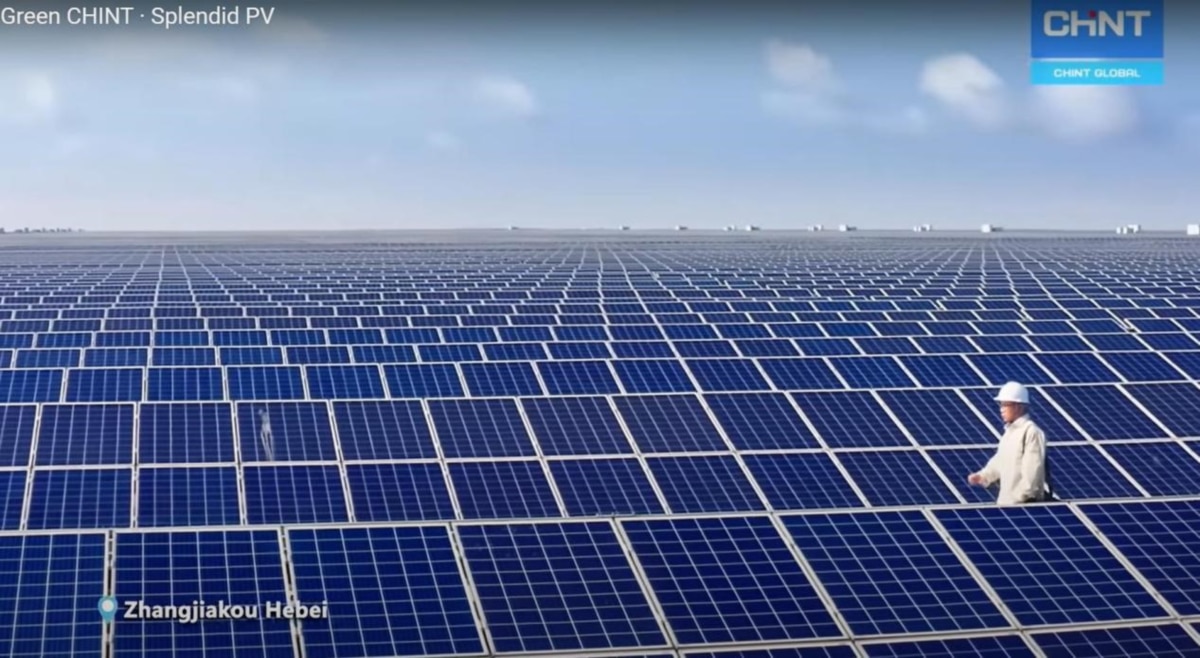
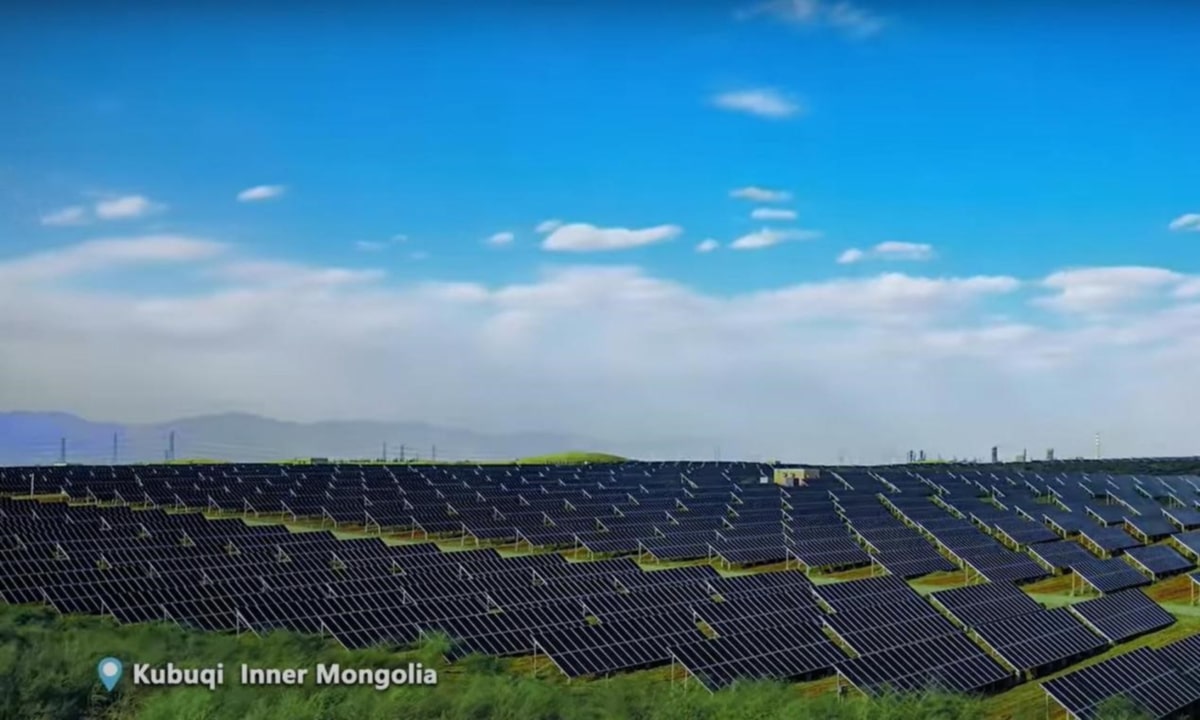
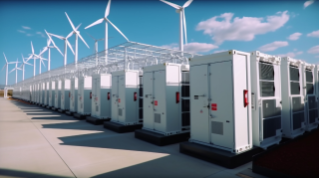
.jpeg)
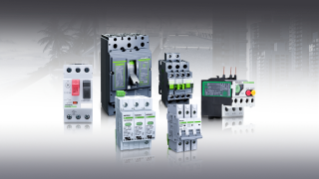
.jpeg)
.png)
.png)
.png)
